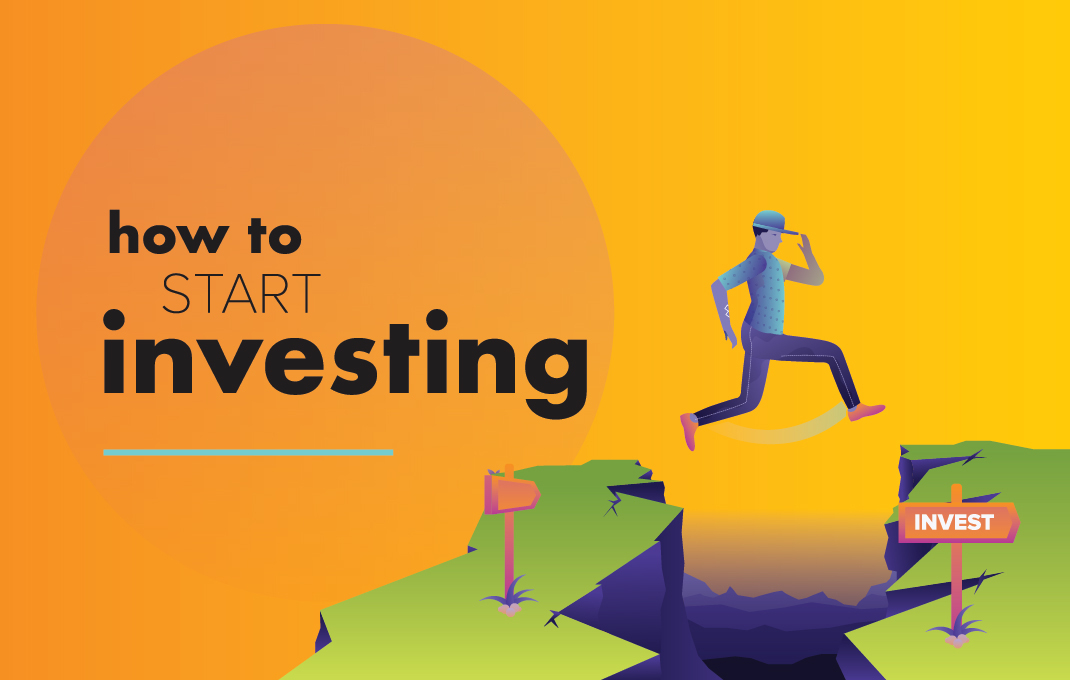Starting your investing journey can feel a bit overwhelming at first. With so many options, tips, and strategies available, it’s easy to get lost. However, understanding the basics can make all the difference in building your financial future. Whether you are a high school student, a recent graduate, or just someone looking to take control of their finances, this guide on how to start investing will provide you with the essential steps and insights needed to navigate the investment landscape.
Why You Should Learn How to Start Investing
Investing is crucial for anyone who wants to build wealth over time. Simply saving money in a bank account, while necessary, doesn’t allow your money to grow significantly. The power of compound interest means that the earlier you start investing, the more your money can work for you. It’s not just about having money; it’s about growing money, and the best way to do that is by diving into the world of investments.
Understanding Different Investment Options
When learning how to start investing, it’s important to familiarize yourself with the various asset classes available. These include:
- Stocks: Buying shares of a company gives you partial ownership. Stock prices fluctuate based on company performance and market conditions.
- Bonds: These are essentially loans to a corporation or government. In exchange, you earn interest over time.
- Mutual Funds: These funds pool money from many investors to purchase a diverse portfolio of stocks and bonds.
- Real Estate: Investing in property can yield rental income and potential appreciation over time.
- Exchange-Traded Funds (ETFs): Similar to mutual funds, but traded like stocks, ETFs can offer diversification and lower costs.
How to Start Investing: Building a Foundation
To set yourself up for success, start with a solid foundation:
- Educate Yourself: Knowledge is power. Read books, listen to podcasts, and follow reputable financial news outlets.
- Set Clear Financial Goals: Are you investing for retirement, a home purchase, or education? Having defined goals will guide your investment choices.
- Create a Budget: Understand your income and expenditures. This will help you determine how much you can afford to invest on a regular basis.
- Build an Emergency Fund: Before you invest, ensure you have savings set aside for unexpected expenses.
Starting Small: Your First Investment
Now that you understand the basic concepts, how do you get started? The good news is you don’t need a large sum of money to begin! Here’s a step-by-step approach:
Step 1: Choose an Investment Account
You’ll need a brokerage account to buy stocks or funds. There are many online platforms available, each with different features, fees, and educational resources. Research and choose one that best aligns with your investing style and goals.
Step 2: Decide on Your Investment Strategy
When learning how to start investing, consider whether you prefer active investing—where you frequently buy and sell assets—or passive investing, which typically involves buying and holding. Active investing requires more time and research, while passive investing embraces a “set it and forget it” approach.
An Essential Investment Resource
Here’s a fantastic resource that can help you visualize the journey and process of investing:
Visual Guide on How to Start Investing
This visual guide breaks down the key steps and provides valuable tips to inspire and motivate you. Remember, education and understanding are your best tools as you begin your investment journey.
How to Start Investing: Long-Term Focus
Once you’ve made your initial investments, it’s tempting to check your portfolio constantly. However, patience is key! Short-term market fluctuations can be stressful but learning to stay focused on your long-term goals will yield the best results. Consider a diversified portfolio that includes a mix of assets to minimize risk.
Monitoring Your Investments
Over time, you should review and adjust your portfolio based on performance and any shifts in your financial goals. Don’t panic during downturns; remember, it’s about the long game!
Further Steps in Learning How to Start Investing
As you grow more comfortable, consider expanding your knowledge by:
- Joining Investment Clubs: Find communities of like-minded individuals to share insights and strategies.
- Taking Online Courses: Many platforms offer free or low-cost courses on investing basics and advanced strategies.
- Consulting Financial Advisors: If possible, seek out help from financial professionals who can guide your investment decisions.
The Importance of Keeping Emotions in Check
Understanding how to start investing is not just about the numbers; it’s also about managing your mindset. Fear and greed are two powerful emotions that can lead to impulsive decisions. Stick to your plan, and don’t let short-term market movements cloud your judgment.
Conclusion: Your Investment Journey Awaits
Now that you have a clearer understanding of how to start investing, it’s time to take action. Start small, remain educated, and stay focused on your goals. Over time, you’ll build not just a portfolio but a wealth-building mindset. Remember, every investor started where you are now. Be patient, stay committed, and enjoy the journey of building your financial future.
Happy investing!



